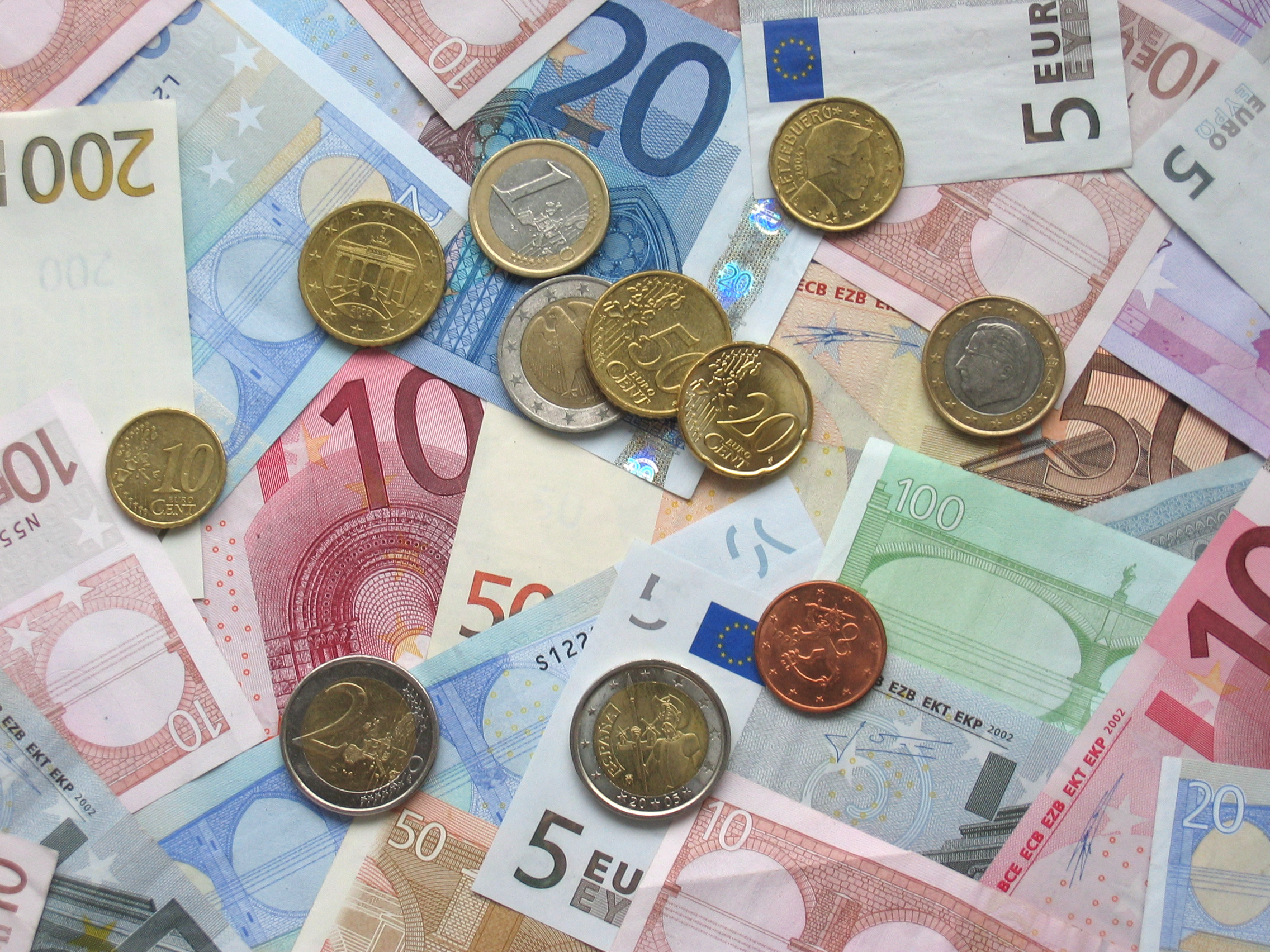 This year I noticed that two European airports, located in non-euro
countries, discriminate against paying with euro cash. I am sure
there are more such airports, but I have just experienced that in
Copenhagen and Riga. This is a little bit surprising as both of these
airports are significant players in their region (Nordic and Baltic
Countries respectively). Even more, both of them aspire to become even
more important, to offer more destinations and to capture more
transit passengers.
This year I noticed that two European airports, located in non-euro
countries, discriminate against paying with euro cash. I am sure
there are more such airports, but I have just experienced that in
Copenhagen and Riga. This is a little bit surprising as both of these
airports are significant players in their region (Nordic and Baltic
Countries respectively). Even more, both of them aspire to become even
more important, to offer more destinations and to capture more
transit passengers.The last wish -- to capture transit passengers -- almost sounds like an obligation to accept euros for an European airport. True, both of them accept it. But the exchange rate may be rather unfavorable, and the change is given in the local currency, in this way rendering the euro cash next to unusable. Why that? I offer three potential explanations, one political and two economic ones…
- Operating with two currencies in every single shop may be too costly, possibly because most non-local customers use credit card anyway. However, passenger ferries in Northern Europe regularly accept currencies of both departure and destination port. It shouldn't be too different for an airport.
- This is a form of price discrimination. Foreigners without a credit card do not have a choice -- either you accept the unfavorable terms or you exchange money with even worse rates. But I doubt those without credit card belong to the least price-sensitive group...
- For political reasons, the shops cannot treat euro on equal terms with the local currency. I remember stories of this sort, but unfortunately not the details. But why should politicians care, especially while they also want to have their "pet airport" to gain even more traffic and fame?




